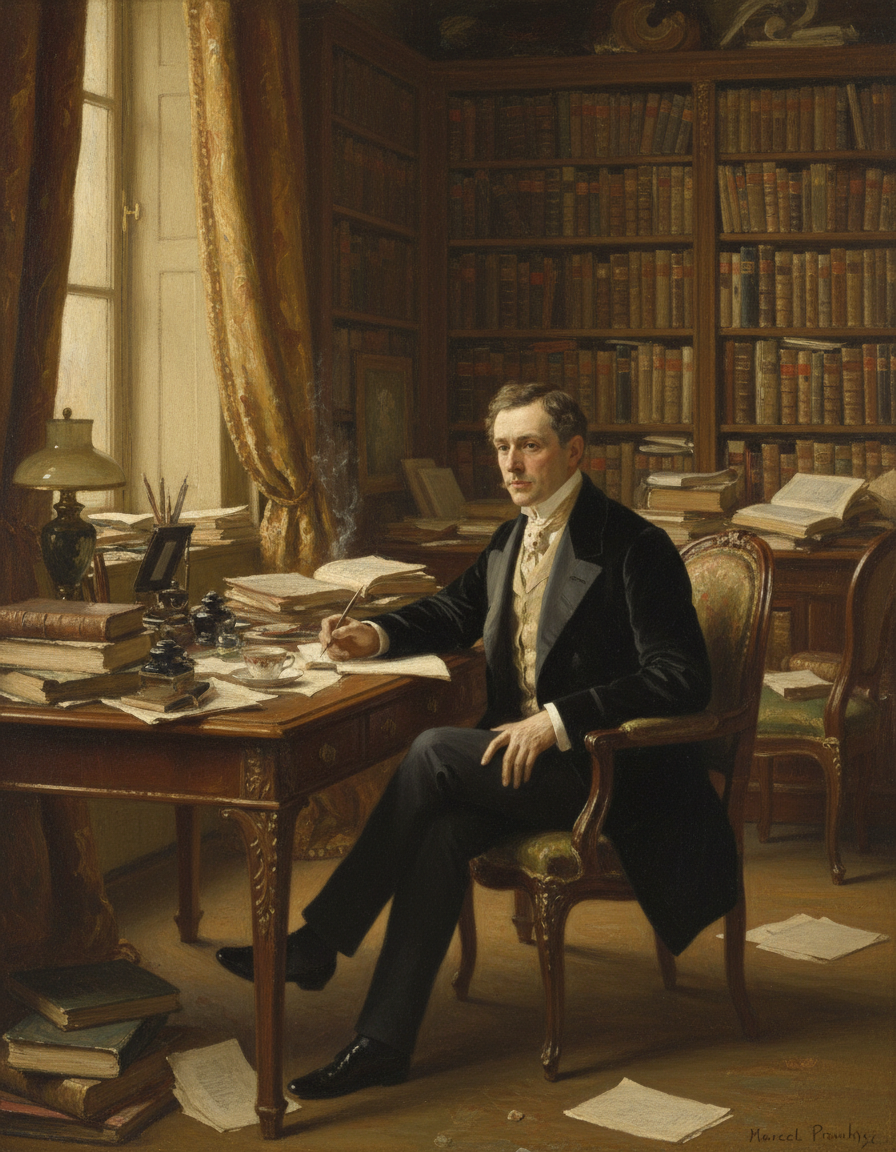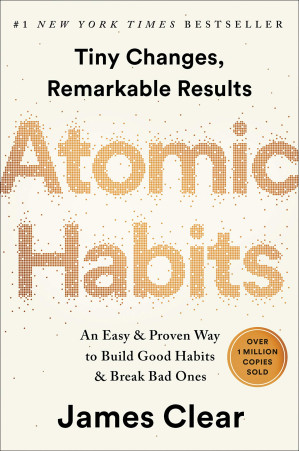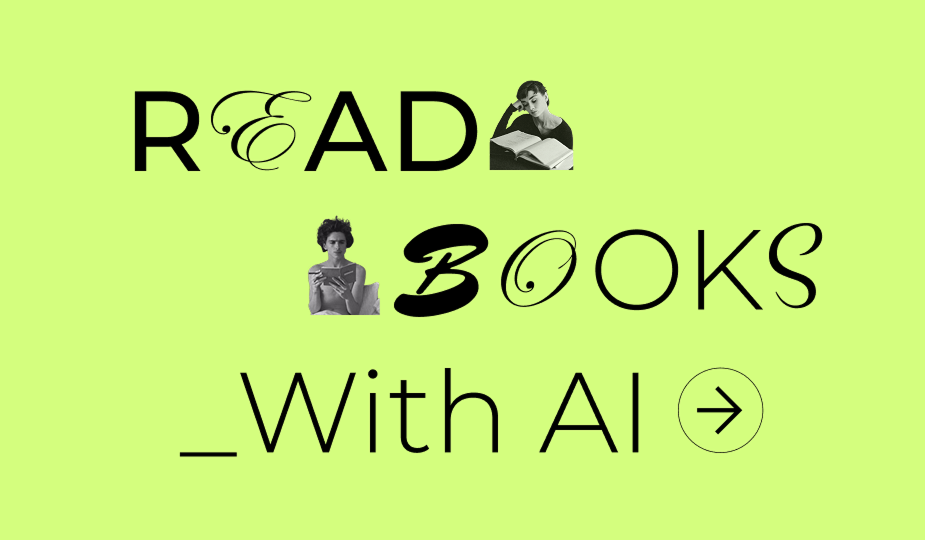🎯 Want to read Marcel Proust's masterpiece for FREE with AI-powered assistance?
Read In Search of Lost Time for FREE at www.readever.app - Access all seven volumes with advanced AI reading comprehension tools that help you understand Proust's complex prose, themes, and philosophical depth. Perfect for tackling challenging literature!

Why Marcel Proust Still Matters in 2025
Marcel Proust's In Search of Lost Time stands as one of the most monumental achievements in literary history. This seven-volume masterpiece, totaling approximately 1.25 million words, continues to captivate readers more than a century after its publication. Yet many modern readers hesitate to dive into Proust's work, intimidated by its reputation for complexity and length.
The truth is, Proust offers one of the most rewarding reading experiences available to anyone who loves literature. His exploration of memory, time, love, and art feels remarkably contemporary, speaking directly to our 21st-century concerns about identity, consciousness, and the meaning of human experience.
The 7 Essential Questions Before Starting Proust
Before we explore where to begin, let's address the most common questions that keep potential readers from starting this literary journey:
How long does it really take to read Proust?
Most readers spend 6-12 months completing all seven volumes, reading 10-20 pages daily. This pace allows for deeper comprehension and enjoyment.
Do I need to know French to appreciate Proust?
Not at all! Modern English translations, particularly the Penguin Classics editions, capture Proust's style beautifully while remaining accessible to contemporary readers.
Is Proust really as difficult as everyone says?
The reputation precedes the reality. While Proust requires attention and patience, his prose is often surprisingly clear, humorous, and engaging.
Where to Start: The Definitive Answer for 2025
The Traditional Route: Swann's Way
Swann's Way (Volume 1) remains the most recommended starting point for good reason. This first volume introduces the novel's central themes, characters, and Proust's revolutionary approach to memory and consciousness.
Why start with Swann's Way?
- Establishes the foundational narrative framework
- Contains the famous "madeleine episode" that exemplifies Proust's theory of memory
- Introduces key characters who reappear throughout the series
- Functions as a complete, satisfying story on its own terms
The Alternative Approach: Within a Budding Grove
Some experienced readers recommend starting with Within a Budding Grove (Volume 2), which many find more immediately engaging and accessible. This volume focuses on the narrator's social experiences and romantic awakening, offering more plot-driven narrative momentum.
Best for readers who:
- Prefer more social observation and character development
- Want to ease into Proust's style through less abstract passages
- Enjoy coming-of-age stories and social satire
The Complete Reading Order: Your 2025 Roadmap
Here's the recommended sequence for tackling all seven volumes:
- Swann's Way (1913) - The foundation
- Within a Budding Grove (1919) - Social awakening
- The Guermantes Way (1920) - High society exploration
- Sodom and Gomorrah (1921) - Social boundaries and desire
- The Captive (1923) - Love and obsession
- The Fugitive (1925) - Loss and recovery
- Time Regained (1927) - The philosophical culmination
5 Essential Reading Strategies for Proust Success
1. The Morning Ritual Approach
Begin your reading in the morning with a clear head and cup of coffee. Proust's long, flowing sentences benefit from fresh attention and minimal distractions.
2. The 15-Page Daily Method
Commit to 15-20 pages per day rather than binge-reading. This sustainable approach prevents burnout while maintaining narrative continuity.
3. The Art of Letting Go
Don't worry about understanding every reference or parsing every sentence immediately. Proust rewards re-reading, and themes become clearer through accumulation.
4. The Companion Reader Strategy
Keep a notebook for character names, relationships, and recurring motifs. This practice enhances understanding without breaking your reading flow.
5. The Community Approach
Join online Proust reading groups or find a reading buddy. Shared discussion deepens comprehension and provides motivation during challenging passages.
3 Major Themes to Watch For
Memory and Consciousness
Proust's revolutionary exploration of how memory shapes our identity remains groundbreaking. Watch for moments when sensory triggers unlock involuntary memories.
Time and Its Passage
The novel's structure mirrors how we actually experience time—not linearly, but through associations, memories, and moments of revelation.
Art and Reality
Proust constantly questions how art represents (and transforms) reality, making this work profoundly relevant to our media-saturated age.
The Modern Reader's Toolkit
Essential Companion Books
- "Proust's Way: A Field Guide to In Search of Lost Time" by Roger Shattuck
- "How Proust Can Change Your Life" by Alain de Botton
- "The Proust Project" edited by André Aciman
Digital Resources
- The Marcel Proust Society website offers reading guides and discussion forums
- University websites often provide free character lists and plot summaries
- Audio versions can complement your reading, especially for difficult passages
Translation Recommendations
For 2025 readers, the Penguin Classics editions (translated by various hands including Lydia Davis and Christopher Prendergast) offer the most accessible and accurate rendering of Proust's style.
🎯 Ready to experience Proust's masterpiece with AI guidance?
Start your Proust journey at www.readever.app - Get personalized reading assistance, contextual explanations, and comprehension support as you explore one of literature's greatest achievements.
Common Challenges and How to Overcome Them
The Long Sentence Problem
Proust's sentences can extend for pages, but they follow logical progression. Try reading them aloud to understand their rhythm and structure.
Character Recognition
With hundreds of characters, it's easy to lose track. Focus on the main characters first; minor figures often serve thematic purposes rather than narrative ones.
Plot vs. Philosophy
Remember that Proust combines narrative storytelling with philosophical exploration. Both elements are essential to the work's power.
Why Proust is Perfect for 2025 Readers
In our age of social media fragmentation and shortened attention spans, Proust offers something revolutionary: deep, sustained attention to human consciousness. His exploration of how we construct identity through memory and reflection feels more relevant than ever.
Proust teaches us to slow down, to notice the details of lived experience, and to understand how our past shapes our present. In 2025, these lessons aren't just literary—they're essential for navigating an increasingly complex world.
The Ultimate Reward: What You'll Gain
Reading Proust isn't just about completing a literary challenge. You'll develop:
- Enhanced attention and concentration
- Deeper appreciation for memory and consciousness
- Understanding of how art shapes human experience
- Greater sensitivity to the beauty of ordinary moments
- Access to one of literature's most profound explorations of what it means to be human
🎯 Transform your reading experience with AI-powered literary analysis?
Read Proust with intelligent assistance at www.readever.app - Experience how AI can enhance your understanding of complex literature while preserving the joy of personal discovery.
Frequently Asked Questions
Do I need to read all seven volumes?
Not necessarily! Many readers find great satisfaction in reading just the first two or three volumes. However, the full work offers the most complete artistic vision.
What's the best English translation?
The Penguin Classics editions (2002-2021) are widely considered the most accessible and accurate modern translations.
Can I skip sections that seem boring?
While possible, it's not recommended. Even seemingly tedious passages often contain important thematic development or character insights.
Is Proust appropriate for young readers?
Mature teenagers can certainly appreciate Proust, especially with guidance. The themes are universal, though some content requires emotional maturity.
How does Proust compare to other challenging authors?
Unlike Joyce or Faulkner, Proust's difficulty comes from length and depth rather than experimental prose. His style, while complex, remains fundamentally readable.
Your First Step
Starting Proust in 2025 is an act of literary courage and cultural curiosity. You're not just reading a book—you're entering into conversation with one of history's greatest minds about what it means to be human.
Begin with Swann's Way, read slowly, and trust the process. Millions of readers have made this journey before you, and the rewards are beyond measure.
The perfect time to start Proust isn't when you have "enough time" or feel "smart enough"—it's when you decide that great literature is worth your attention and effort.
Your journey into one of literature's greatest achievements awaits.
Want to explore more literary classics with AI assistance? Visit www.readever.app to discover thousands of books enhanced with intelligent reading companions that help you understand, appreciate, and enjoy the world's greatest literature.






